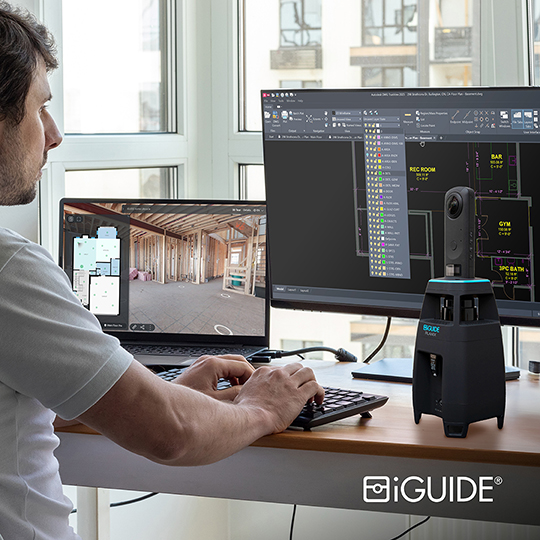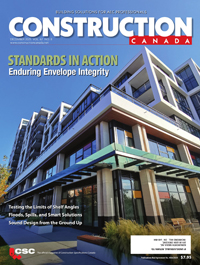How to fix concrete flooring challenges

It is not always easy to pinpoint the root causes of problems with concrete flooring, but construction professionals should still do their best to determine what went wrong, because it can minimize the chances of repeat problems in the future.
Fixing concrete flooring challenges
Some construction professionals engage with clients who assumingly have relatively minor concrete floor issues—those customers may even wonder if the issues are necessary to address at all. This situation could also occur if a client believes the problem is merely a cosmetic one.
However, it is up to the professional providing construction services and advice to help clients gain broader perspectives and tell them the problem could get worse if they do not act quickly.
Consider a concrete-related moisture problem, for example. Concrete still contains moisture once it has fully cured.2 People can measure the relative humidity (RH) or the rate the moisture vapour moves through the concrete surface to determine if the material is too damp. Manufacturer guidance typically details which test methods to use and the acceptable moisture vapour transmission limits.
Concrete is relatively impervious to water and is often chosen for pipes and tanks. However, water vapour can become problematic, especially without an effective barrier. Although the ground is a moisture source, so is the concrete itself.3
Various complications can result if tests indicate the client has a concrete moisture problem and they decide to wait to fix it. The substrate can eventually deteriorate, or cracks can start to appear in the floor coating. The concrete surface can also become uneven, creating safety hazards in heavily used areas of a building. Some consequences are harder to see, including mould or pathogen growth beneath the floor’s surface.
The main point to get across to any client in this position is, it is better to act promptly instead of hoping the problem will not worsen. Even if the situation seems stable to the client, it could be an incorrect assumption as not all complications are immediately visible.
Discuss replacements and repairs
Once the specific problem and its scope is determined, it is important to discuss whether the best approach is to replace or repair the affected area. Replacements can be more expensive, but the overall cost may be worth it if the issue is extensive or if the client wants to make more-extensive improvements to the area.
For example, research indicates more than one-third of office-based employees do not get enough light in their workspaces.4 However, replacing faulty material with polished concrete can make a space look brighter and more inviting.







